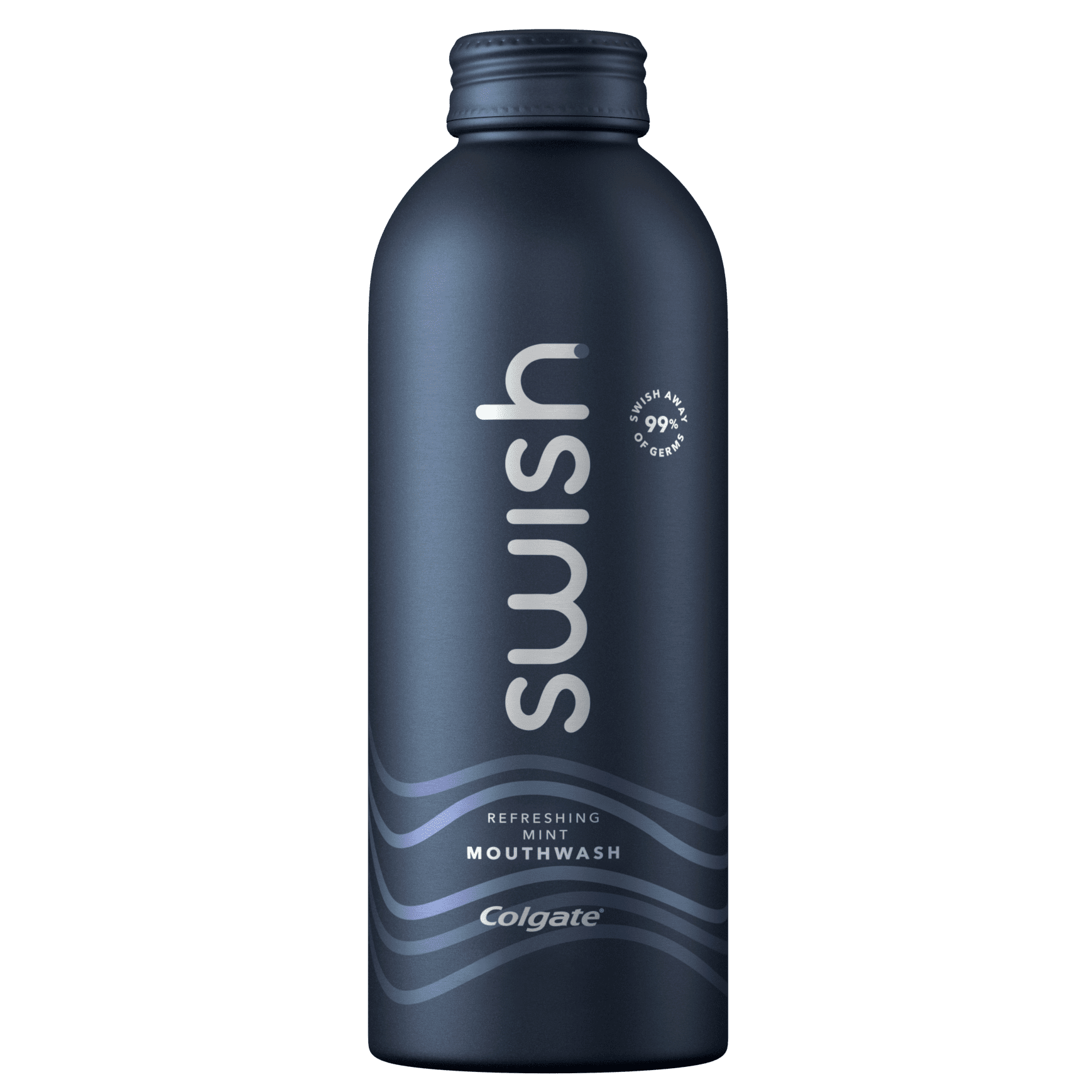

The active ingredient is Cetylpyridinium chloride. The active ingredient in Crest is Cetylpyridinium chloride.Ĭepacol is commonly used in hospitals and is an antibacterial that reduces plaque levels and germs. These products are not recommended for children under 6 years old.Ĭrest products are used to whiten teeth, reduce bad breath, and help fight plaque and bacteria. The active ingredient in Colgate is Cetylpyridinium chloride. Listerine has a product called Listerine Zero that contains zero amounts of alcohol.Ĭolgate products, such as Colgate Total, claim to provide 12 hours of protection against gum disease by reducing plaque. This botanically derived formula is designed to attack plaque and germs that cause gingivitis and bad breath. Listerine is unique because it is made up of 4 essential oils Eucalyptol, menthol, thymol and methyl salicylate. So what are the most common products on the market today? There are two types of mouth rinses cosmetic and therapeutic.Ĭosmetic mouth rinses are designed to freshen breath and whiten teeth, whereas therapeutic mouth rinses aim to fight gum disease and cavities by attacking plaque levels and toxins. These ingredients coat your teeth and absorb into your tooth enamel, helping to make your teeth more durable and plaque-resistant.Brushing alone misses 75% of your mouth which raises the question, should I use a mouth rinse? Mouth rinses are used for a variety of reasons such as to reduce plaque, freshen breath, reduce tartar build-up, whiten teeth, and control dental cavities. In a 2007 study of school-aged children, oral rinses with added fluoride brought down the number of cavities by more than 50 percent compared with children who didn’t use mouthwash.įluoride additives in mouthwash are similar to oral rinses you might get at the end of a dental cleaning (although it should be noted that fluoride products found at the dentist’s office contain a much higher level of fluoride than the amount found in mouthwash). That’s why mouthwash sometimes stings when you use it.Ĭertain oral rinses also claim to make your tooth enamel stronger by including fluoride. They can feel slightly harsh and sting a bit when you taste them. These ingredients get into the crevices between your teeth and hard-to-reach places like the very back of your mouth, killing the filmy bacteria that can collect there. Mouthwash kills bacteria by using antiseptic ingredients like alcohol, menthol, and eucalyptol. But since formulas differ greatly and using mouthwash is tied closely to a good oral hygiene routine in general, it’s hard to definitively say how much it helps or which formula is best.Ī 2010 study in Scotland found that a high percentage of people who use mouthwash daily reported using it to treat symptoms of gum disease, mouth ulcers, or swollen gums. Research shows that mouthwash does help prevent plaque and gingivitis. The ingredients in each mouthwash formula vary slightly - different products work for different purposes. You may want to set a watch or try to count to 30 in your head. While you’re rinsing, gargle for 30 seconds. Mouthwash isn’t meant for ingesting, and it won’t work if you drink it. Ready, set, rinseĮmpty the cup into your mouth and swish it around.

It’s typically between 3 and 5 teaspoons. Use only as much mouthwash as the product instructs you to use. Pour your oral rinse of choice into the cup provided with the product or a plastic measuring cup. The mouthwash can wash away the concentrated fluoride in the toothpaste. If you’re brushing with fluoride toothpaste, wait a while before using mouthwash. Start by thoroughly brushing and flossing your teeth.

Here are the basic instructions for most kinds of mouthwash. Always follow package instructions over what you read in an article. Product directions may vary according to which mouthwash brand you use.


 0 kommentar(er)
0 kommentar(er)
